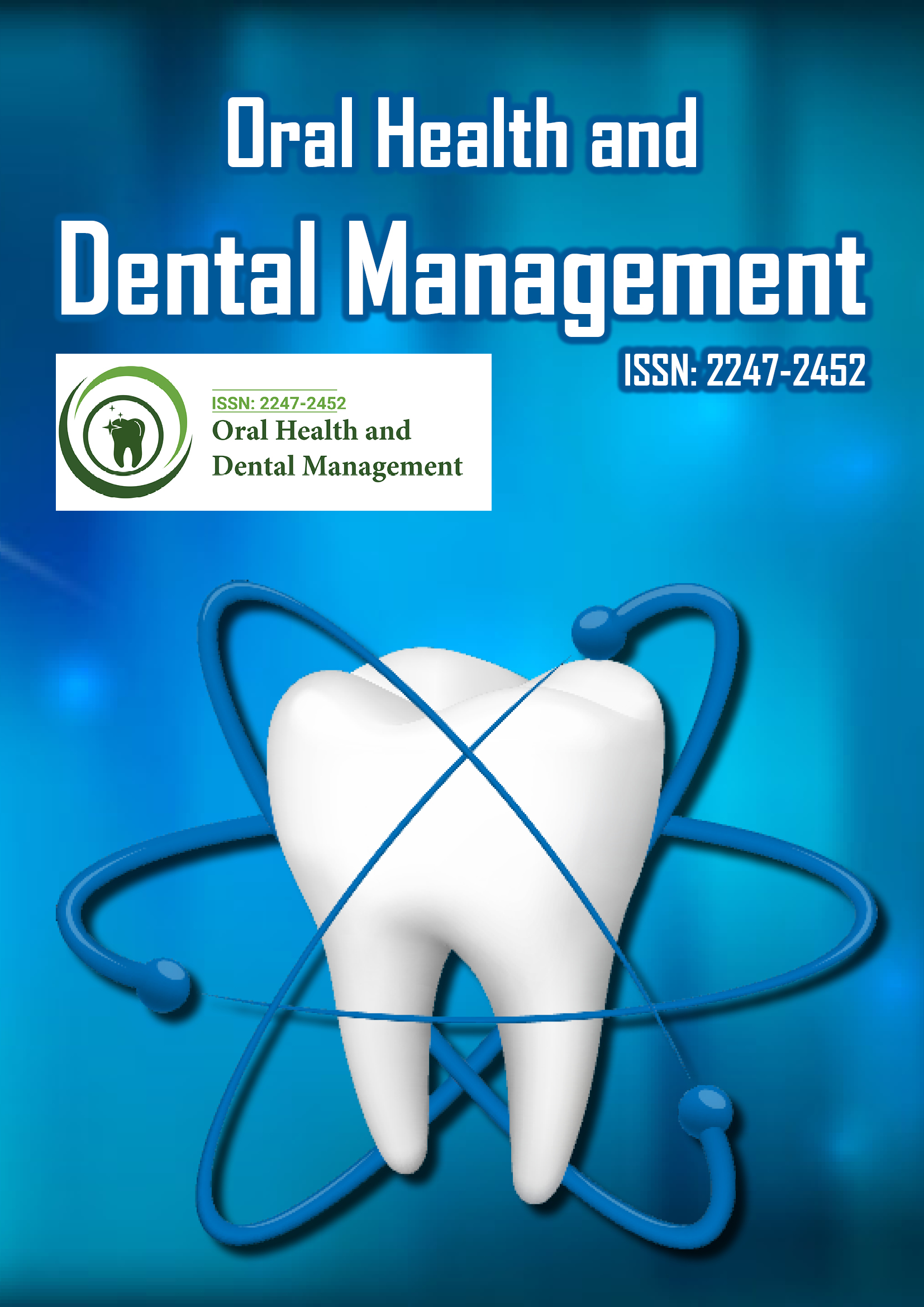Indexed In
- The Global Impact Factor (GIF)
- CiteFactor
- Electronic Journals Library
- RefSeek
- Hamdard University
- EBSCO A-Z
- Virtual Library of Biology (vifabio)
- International committee of medical journals editors (ICMJE)
- Google Scholar
Useful Links
Share This Page
Journal Flyer

Open Access Journals
- Agri and Aquaculture
- Biochemistry
- Bioinformatics & Systems Biology
- Business & Management
- Chemistry
- Clinical Sciences
- Engineering
- Food & Nutrition
- General Science
- Genetics & Molecular Biology
- Immunology & Microbiology
- Medical Sciences
- Neuroscience & Psychology
- Nursing & Health Care
- Pharmaceutical Sciences
Effect of association of doxycycline in gel form and particulate autogenous bone: Histomorphometric analysis of bone repair in rat calvaria
9th International Conference on Dentistry and Dental Implants
May 09-10, 2016 New Orleans, USA
Eliel Scarpioni Do Lago, Ribamar Lazanha Lucateli, Marina A Marciano, Sabrina Ferreira, Idelmo Rangel Garcia Junior and Ronaldo Celio Mariano
Federal University of Alfenas, Brazil
Posters & Accepted Abstracts: Oral Health Dent Manag
Abstract:
Objectives/Aims: The aim of the study was to evaluate histologically the association of 10% doxycycline in natrosol gel form and particulated autogenous bone on repair of simulated critical-size defects in rat calvaria. Method: Fifty albino rats were selected and a 5-mm diameter defect was created in the calvaria of each animal. The animals were randomly divided into 5 groups (n=10) according to the material used to treat the defect: CO ‚?? Untrated, defect filled by a blood clot (control); DOX ‚?? 10% Doxycycline in natrosol gel; NAT ‚?? Natrosol gel; PAB ‚?? Particulate autogenous bone; PAB + DOX ‚?? Particulate autogenous bone associated with 10% Doxycycline in natrosol gel. Five animals from each group were euthanized at 4 and 8 weeks postoperatively. In the histomorphometric analysis, the amount of new bone formed was calculated as the percentage of the total area of the original defect. Statistical analysis of the results was performed using ANOVA and Tukey‚??s tests (p<0.05). Results: New bone formation was limited to the margins of the defect. No complete bone repair was found for any group. At 4 and 8 weeks, the group PAB + DOX showed high bone formation (38.59% and 47.86%, respectively), with statistical difference in comparison with the CO (19.52%) at 4 weeks and in relation to CO (18.80%), DOX (22.05%) and NAT (15.89%) at 8 weeks (p<0.05). Conclusion: The association of 10% doxycycline in gel form with particulate autogenous bone significantly improved bone healing in critical-size defects in rat calvaria.
Biography :
Email: Scarpioniel@gmail.com
